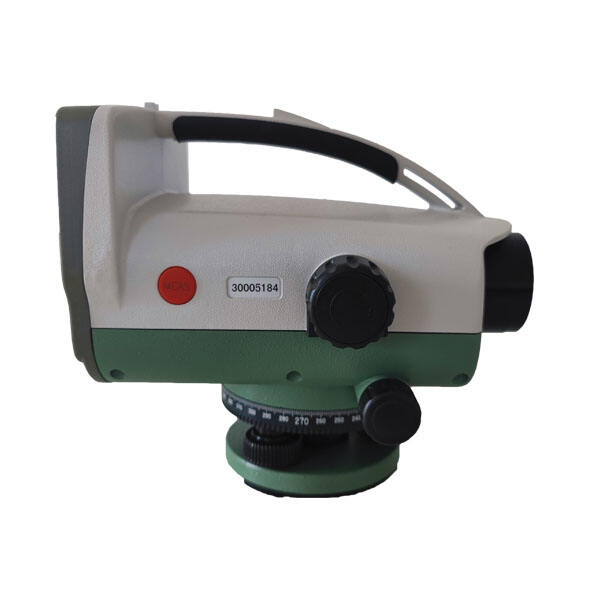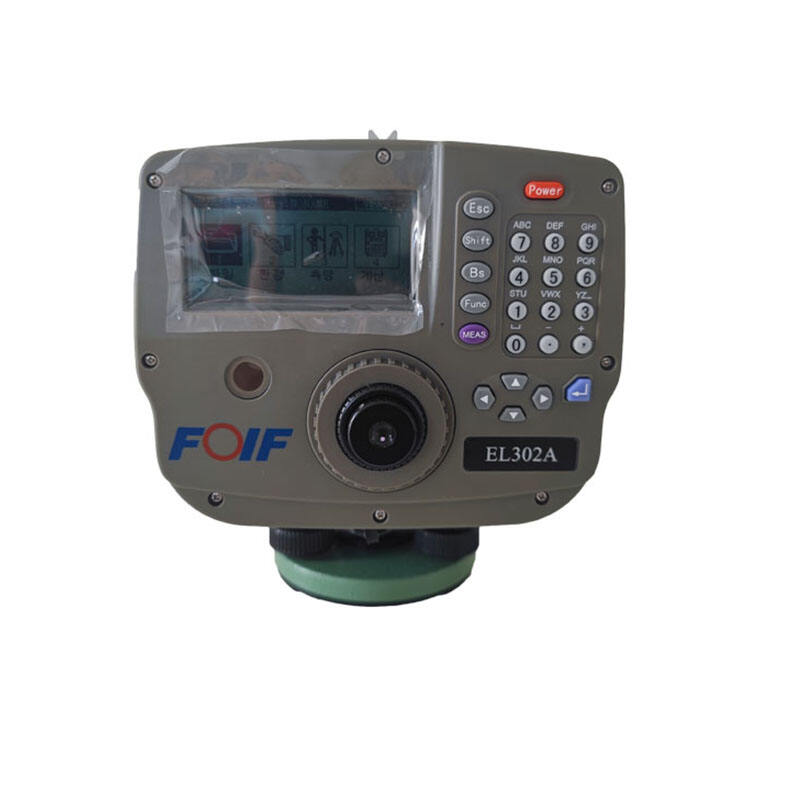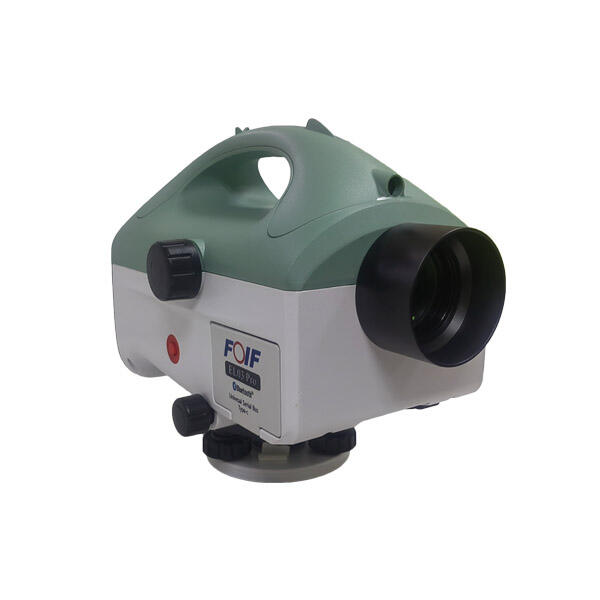digital level measurement
Digital level measurement represents a sophisticated technological advancement in precision measurement systems, combining electronic sensors with digital display technology to provide accurate level readings in various applications. This modern measurement tool utilizes electronic components and sensors to detect and display level measurements with exceptional accuracy, typically showing readings in degrees, percentages, or millimeters. The device incorporates microprocessor technology to process measurement data and display results on an easy to read digital screen, enabling users to obtain instant, precise measurements. Digital level measurement systems often feature multiple measurement modes, including relative and absolute measurements, and can store data for later reference. These devices are equipped with various sensors that detect changes in position and orientation, converting physical measurements into digital signals that are then processed and displayed. The technology finds extensive application in construction, manufacturing, surveying, and industrial processes where precise level measurements are crucial. Many modern digital levels also include features such as Bluetooth connectivity for data transfer, built in memory for measurement storage, and various measurement units for versatility. The robustness of these devices, combined with their high precision capabilities, makes them invaluable tools in professional settings where accuracy is paramount.


